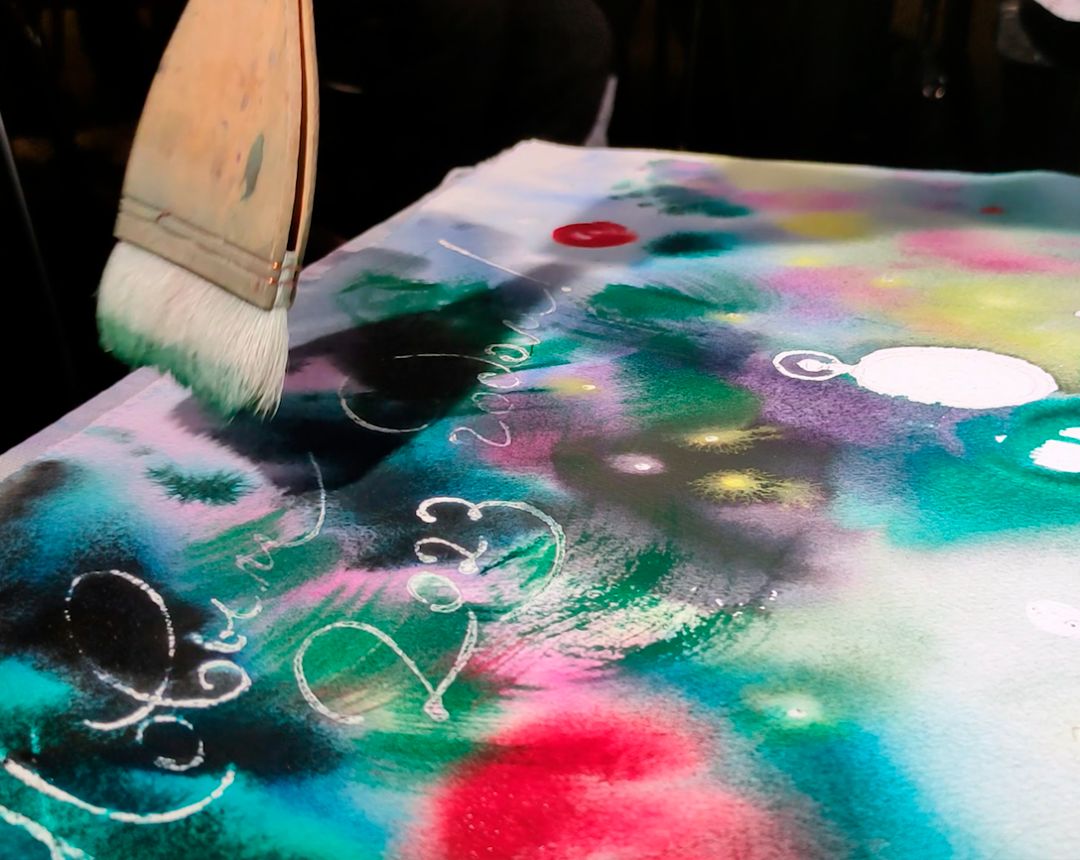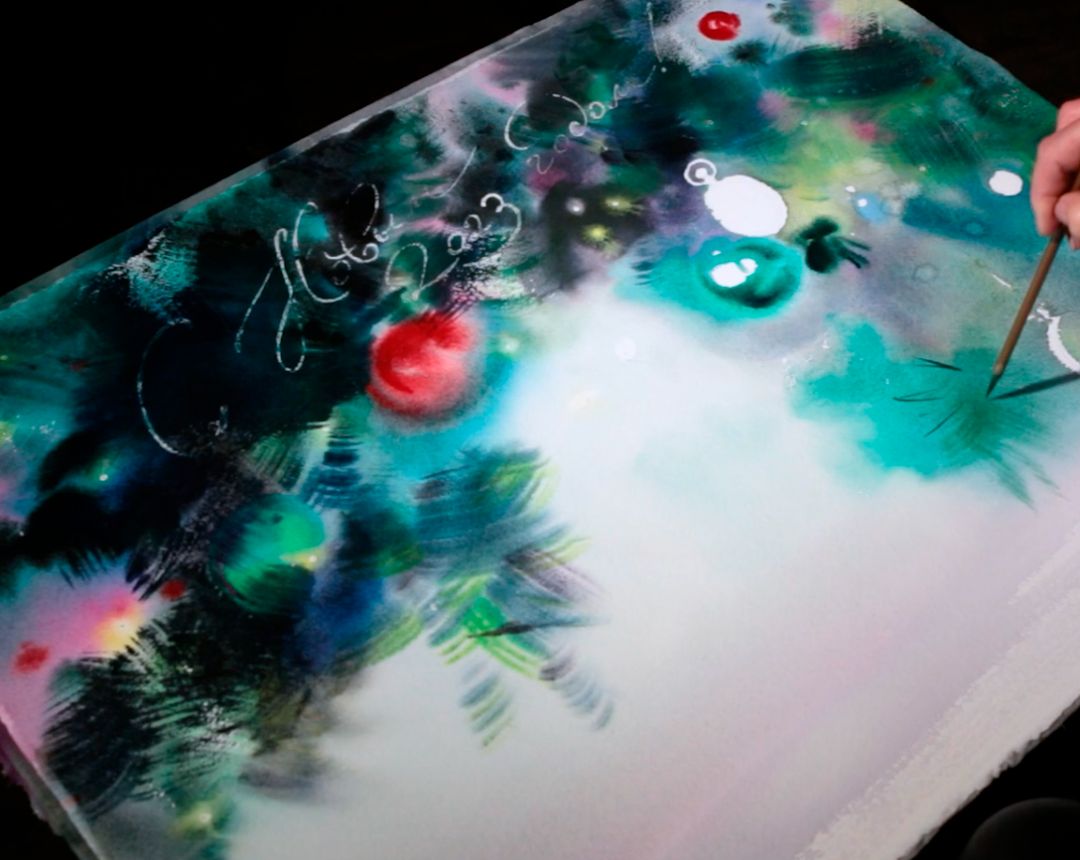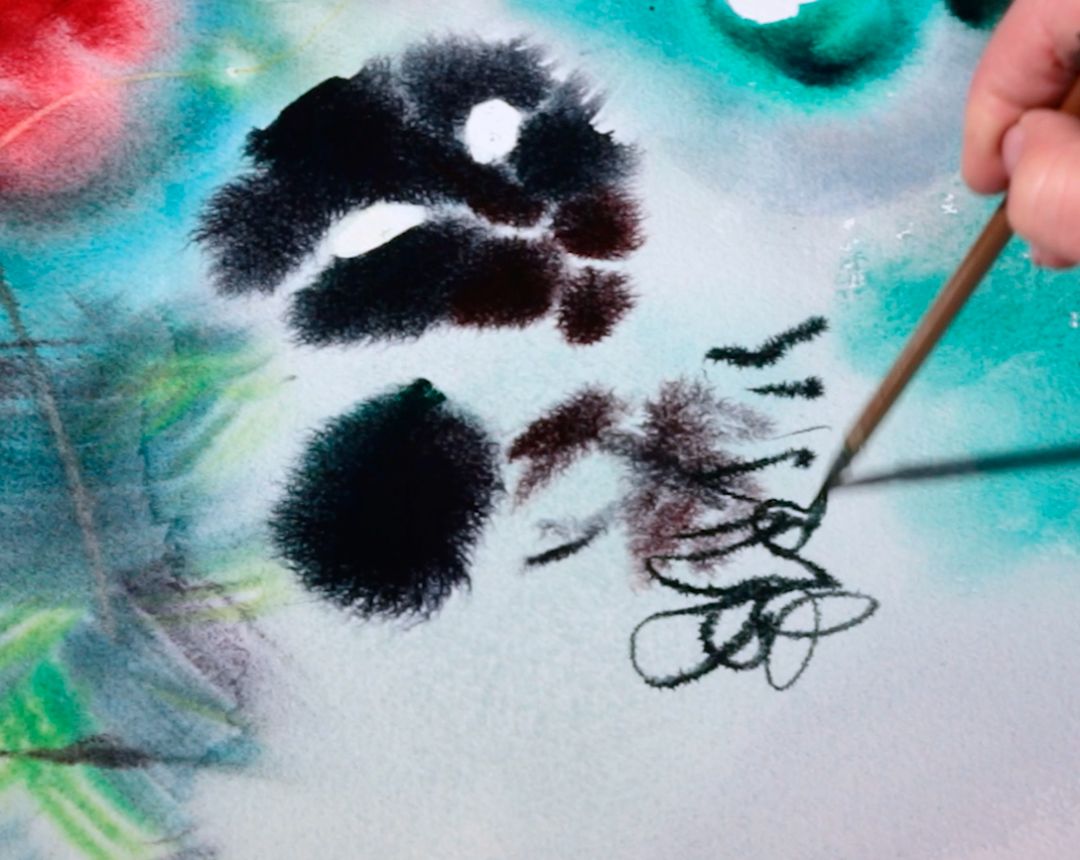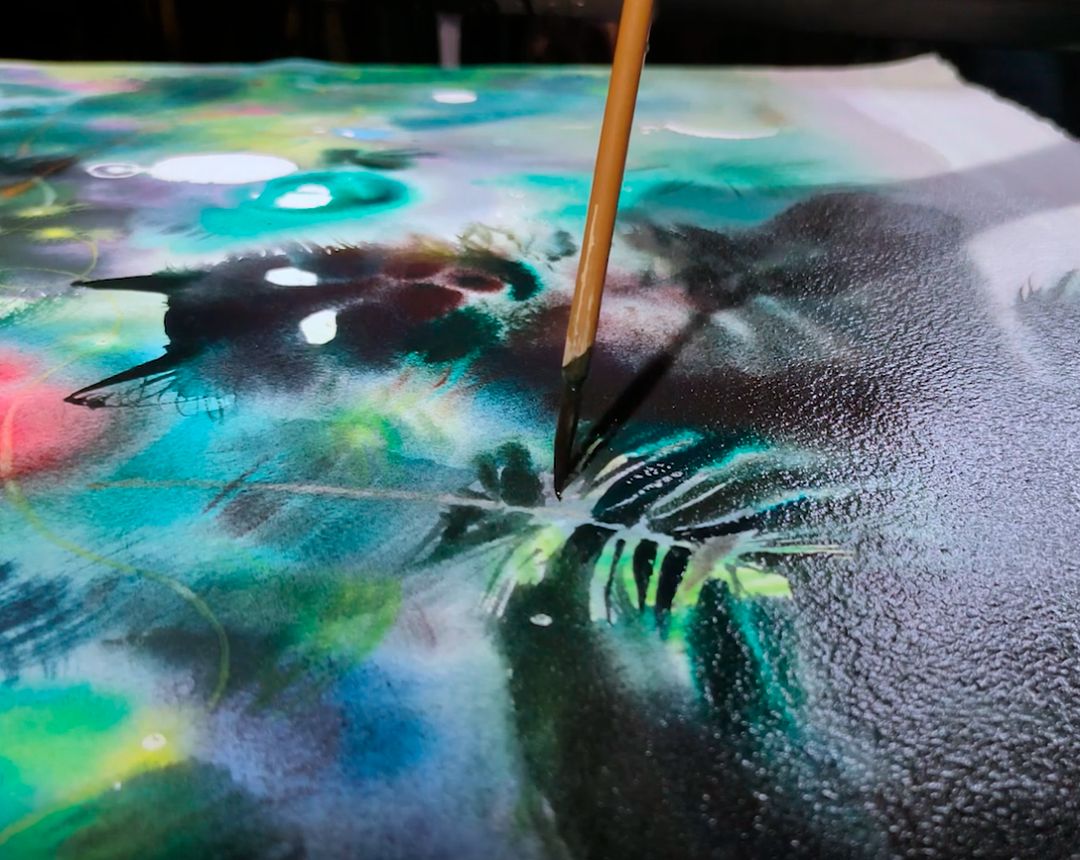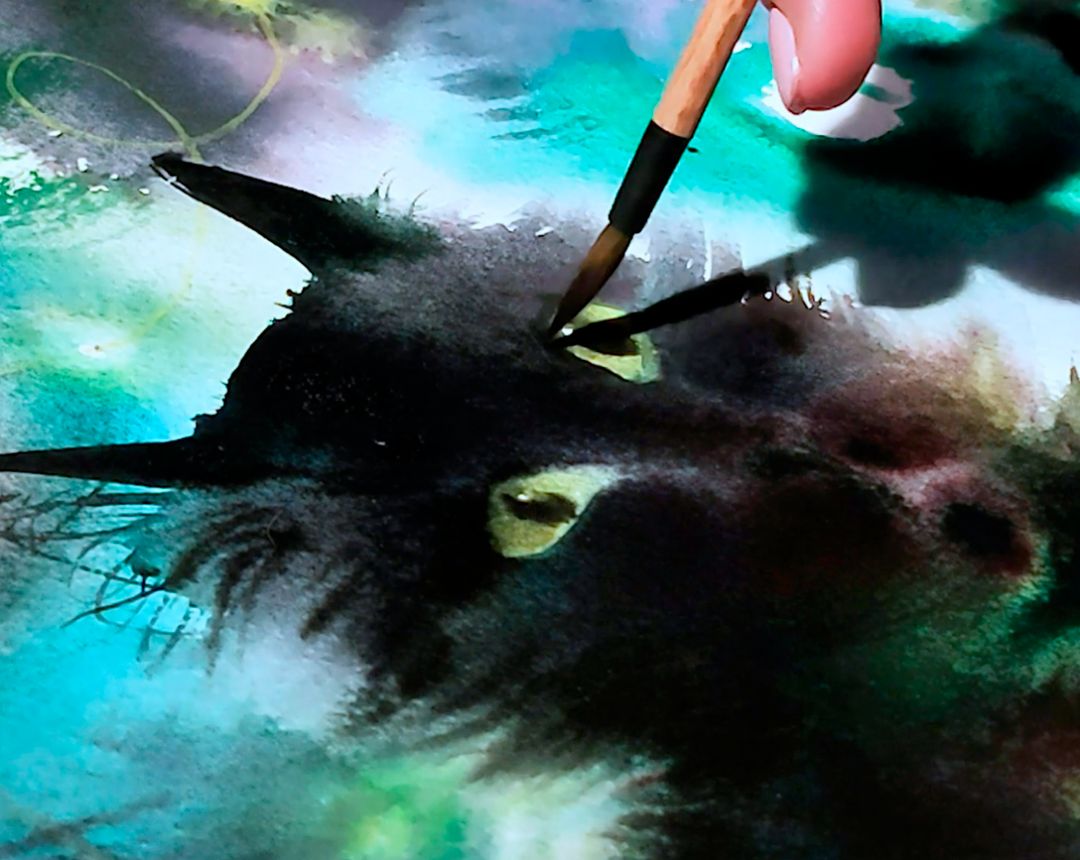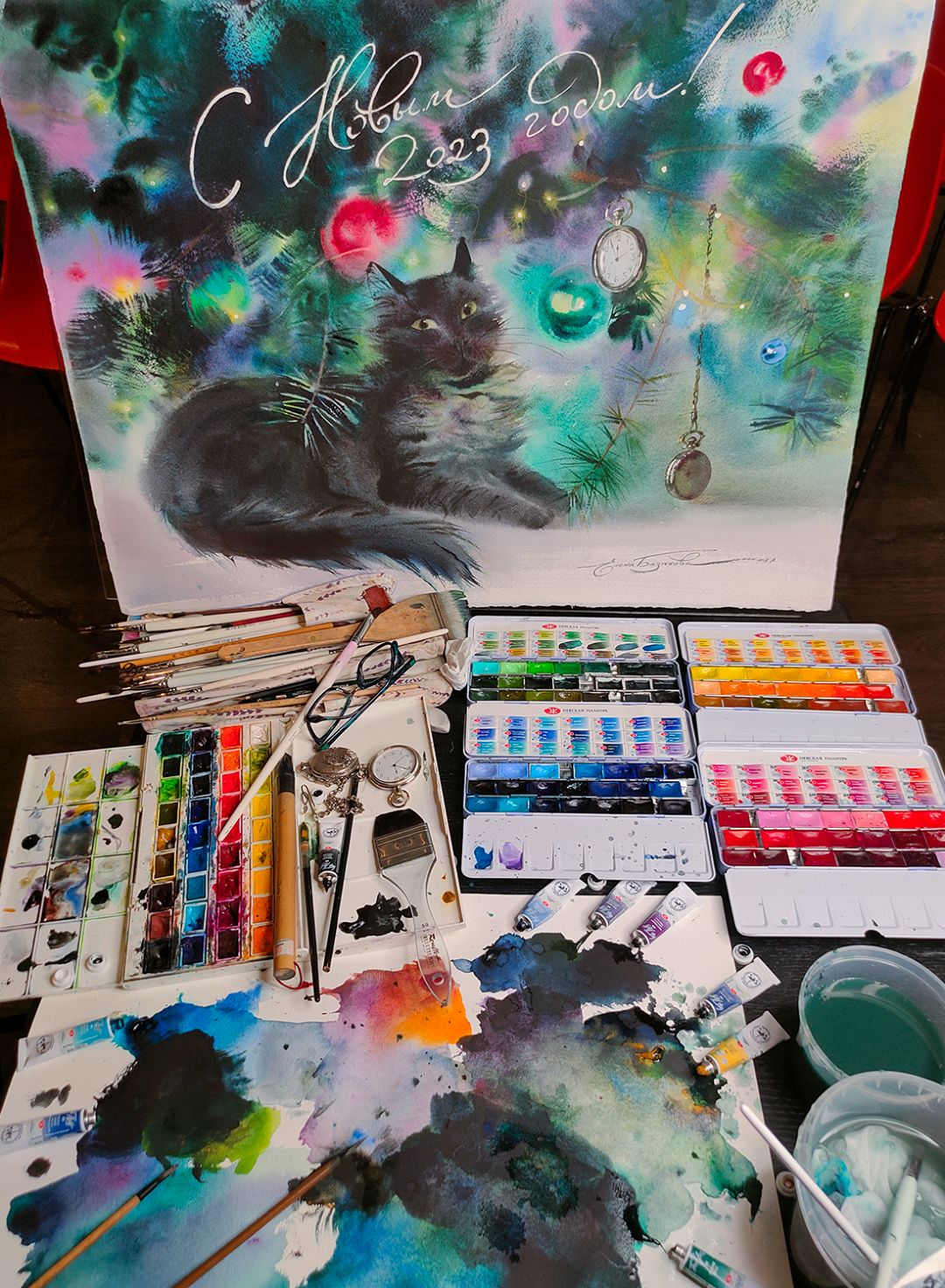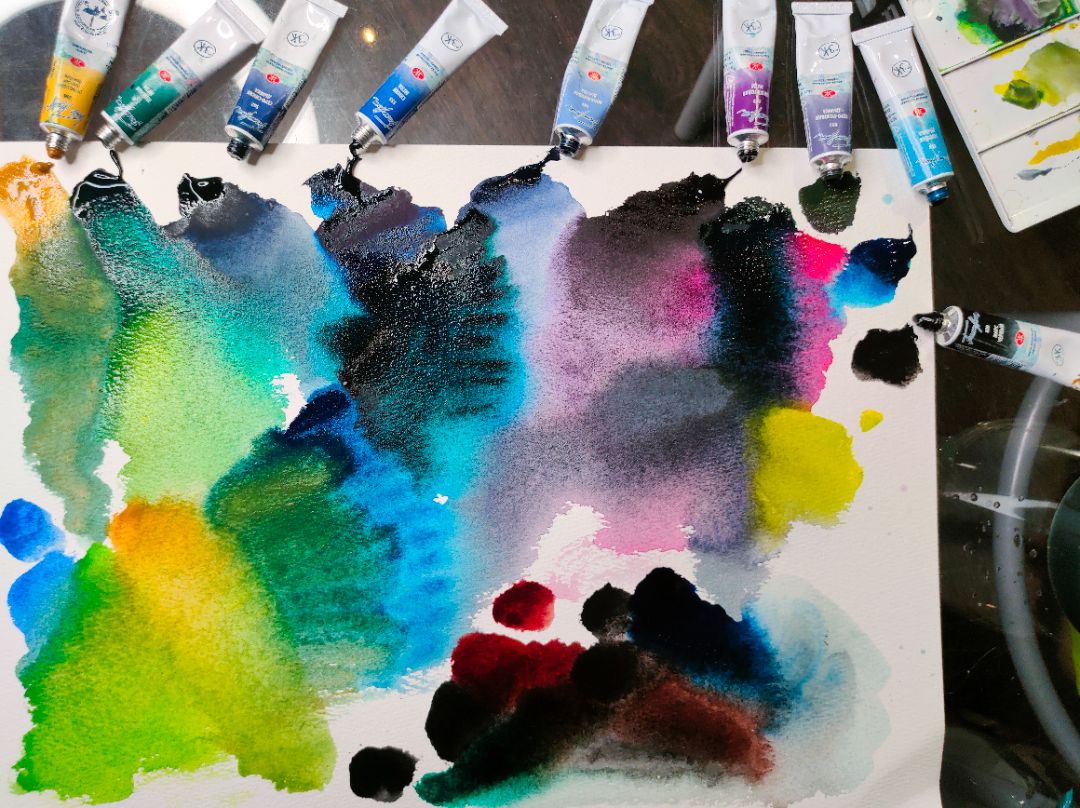New Year's Cat. Grace and mystery
Today I’m painting a black cat. Thanks to a cat named Shushun back in 2001, cats appeared in my work. It was a beautiful huge black cat, important and majestic, it was just impossible not to paint it. It was made for that. It got into my picture itself. Whenever I started working, the cat Shushun persistently went to bed under the lamp on my desk. Luxuriously stretching in a sweet nap, watching me with a slightly open sly eye, it once tempted me to make a drawing from nature and thereby inspired me to paint a watercolour, becoming my first hero. In full compliance with its character and appearance, this fluffy black cat got the image of a picturesque watercolour blob on a white sheet of paper. So quite logical, and therefore it is no coincidence that there was a solution for its portrait. This topic gradually captivated me, and a whole series of portraits of Shushun appeared.
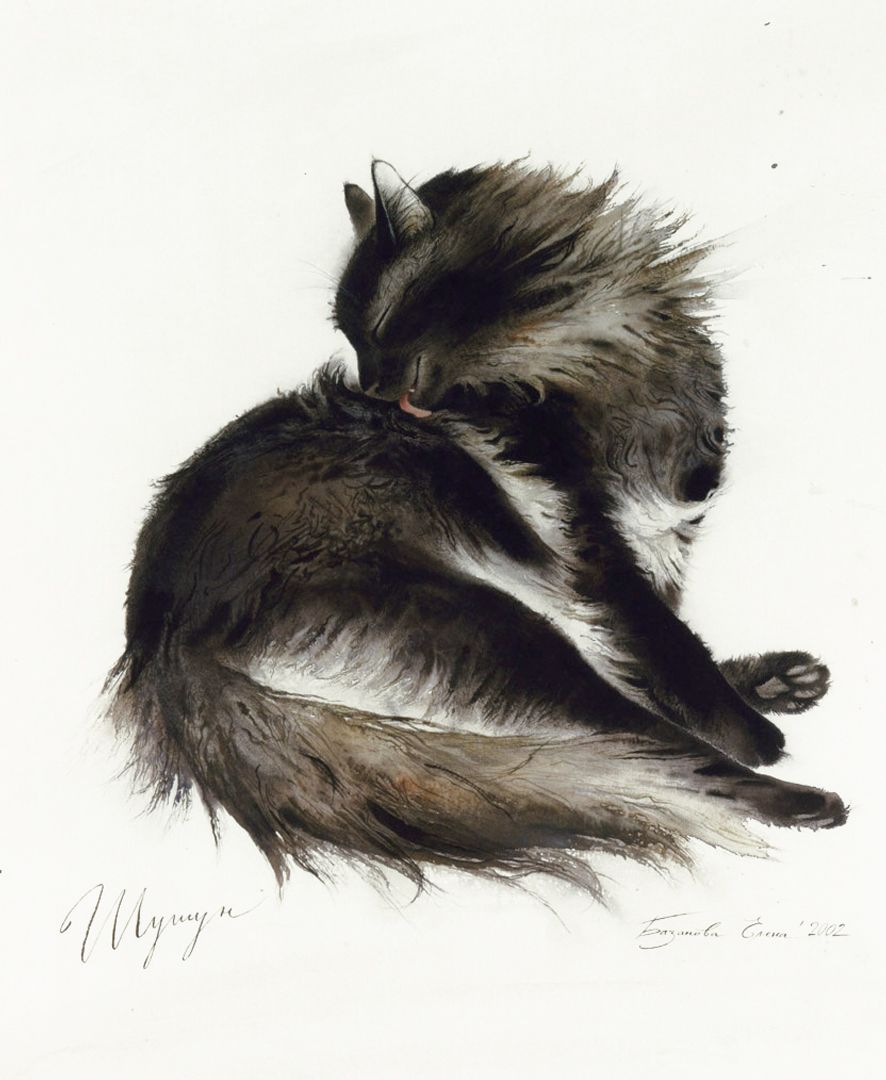
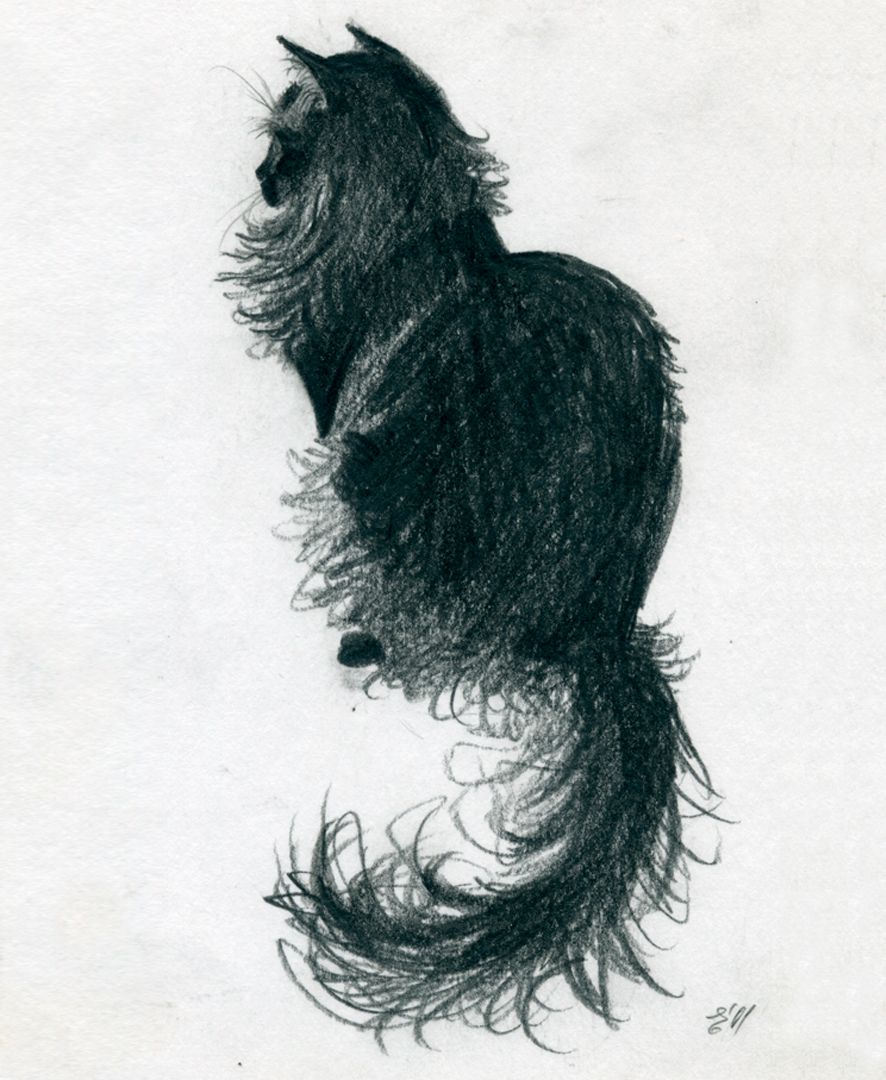
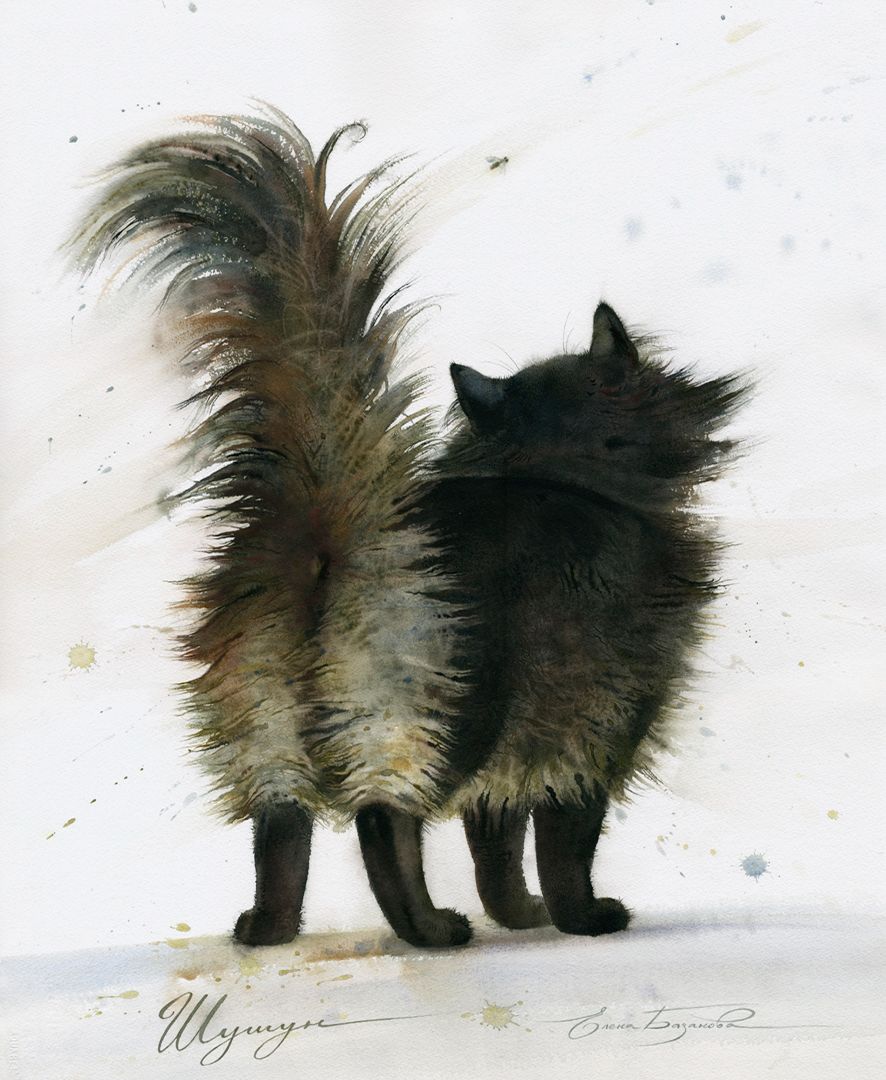
Cats walk on their own... So, in my work, their portraits appear naturally, as I get to know new characters. Watching these animals is almost the most pleasant thing for me. Cats amaze me with their artistry, and it seems to me that I can study their amazing world for hours. I am convinced that each male cat or female cat has their own special character, feelings and thoughts. Therefore, working on portraits of cats, I involuntarily animate, humanize my heroes and try to solve the mystery of their cat’s soul.
My first cat sitter, Shushun, was very fond of posing, but even for its watercolour portraits, I had to make preparatory sketches and drawings. In general, cats are not diligent, so there is no way to paint watercolours from nature and count on cat’s patience. Therefore, before starting a watercolour portrait of an animal, a lot of preliminary work is required.
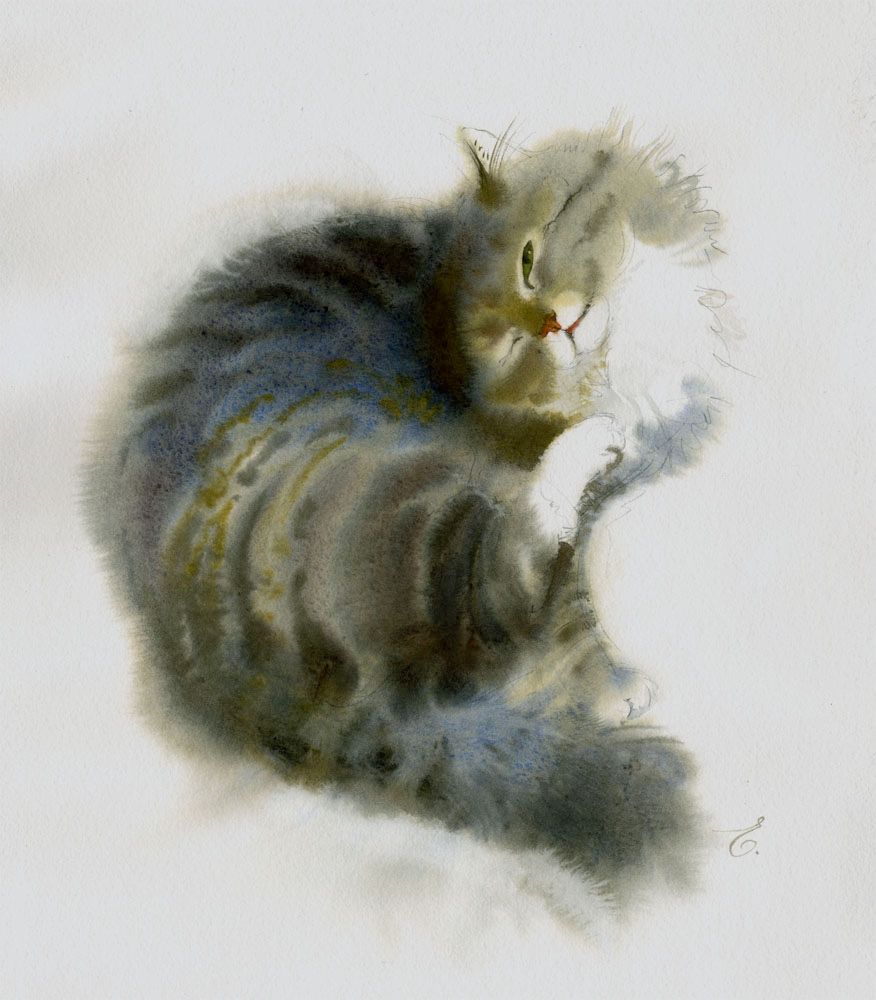

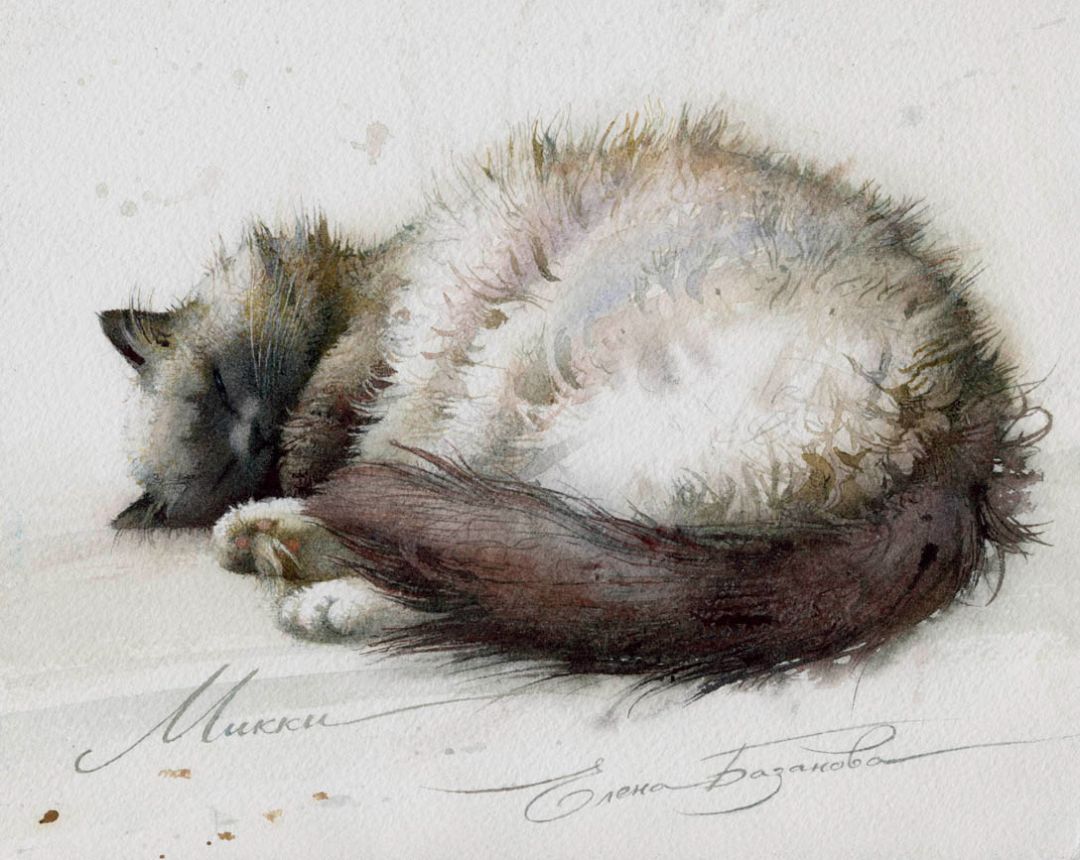
At first, I watch the animal for a long time, record in the visual memory the features of its behavior, play and communicate with it in order to feel character, make sketches from nature. Then, based on the collected material, I make a large preparatory drawing (cardboard), in which I think about conducting a watercolour sheet, and if cat fur has a colour of particular complexity, I make a colour drawing with pastel or other soft materials. Only after creating an image and carefully studying the model do I start watercolour painting. I love animals very much, pets have always lived in my house and they regularly become part of my watercolour work.

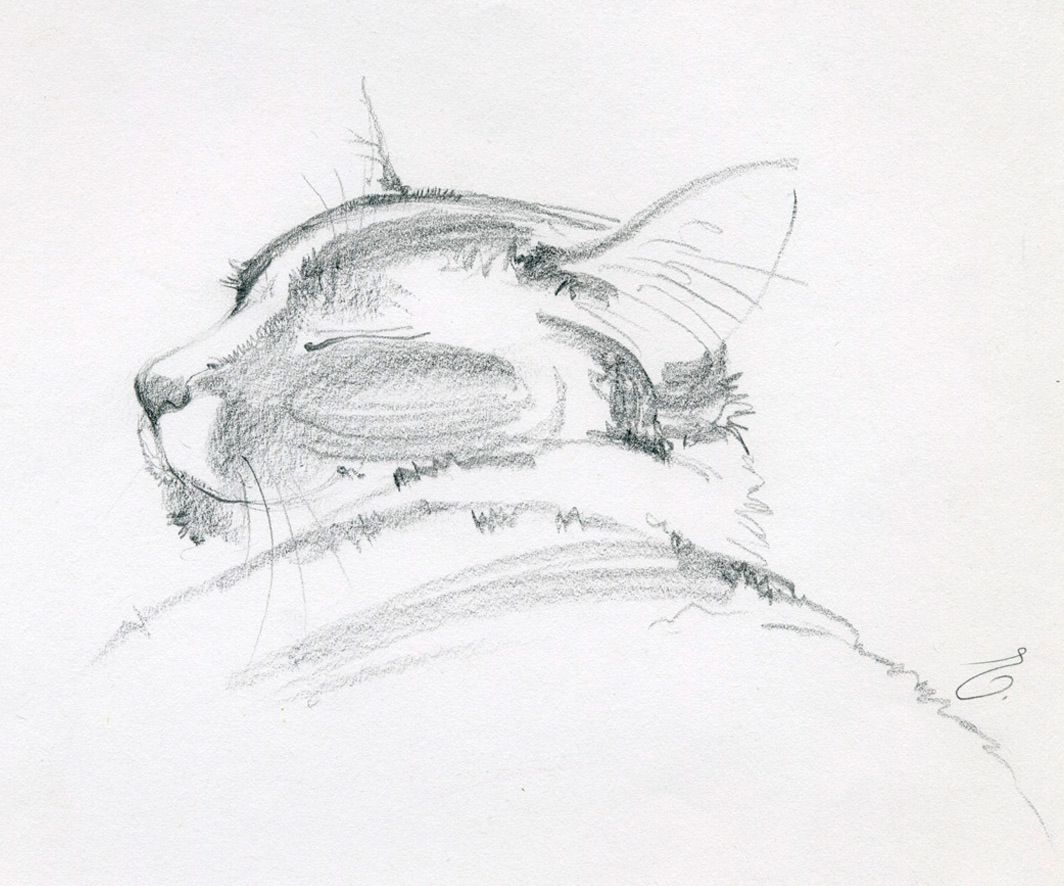

How to work in watercolour, actively mixing colours and getting a vibrant saturated pure colour? During work, when the process was completely captured, reality faded into the background and there was only colour, shape and space in front of you, as well as intuition, prompting what tone or colour should be taken at the next moment. It is important that initially the paints of the basic palette consist of pure colours, I recommend monopigment paints: the closer to the spectral circle, the easier it is to achieve the purest colour in mixtures. I'm often asked whymy set has lots of yellows, reds and blues and just one green. Yellow, red and blue are the main colours of the spectrum and when these colours are mixed, the largest gamma of pure shades is obtained. Also, there are very few basic green pigments for artistic watercolours, and with a wide range of yellow and blue monopigment colours, I can get a great variety of all kinds of green shades.
Working in a workshop, in comfortable conditions, where you do not need to think about the compactness and weight of materials, as when working in a plein air, I often use a classic set of paints in 36 colours, where there are composite colours with pure and complex ready-to-work shades, which is very convenient.
Set contains 36 x 2,5ml pans:
Zinc white (100), Cadmium lemon (203), Cadmium yellow medium (201), Yellow ochre (218), Golden (216), Golden deep (217), Yellow (211), Titian red (226), Ruby (323), Cadmium red light (302), English red (321), Quinacridone rose (324), Carmine (319), Madder lake red light (313), Quinacridone lilac (609), Violet (607), Ultramarine (511), Bright blue (509), Cobalt blue (508), Ultramarine deep (521), Turquoise blue (507), Indigo (516), Ceruleum blue (503), Yellowish green (718), Emerald green (713), Green (725), Olive green (727), Chromium oxide (704), Raw Sienna (405), Burnt Sienna (406), Burnt umber (408), Umber (418), Mars brown (412), Sepia (413), Neutral black (805), Payne's gray (812).

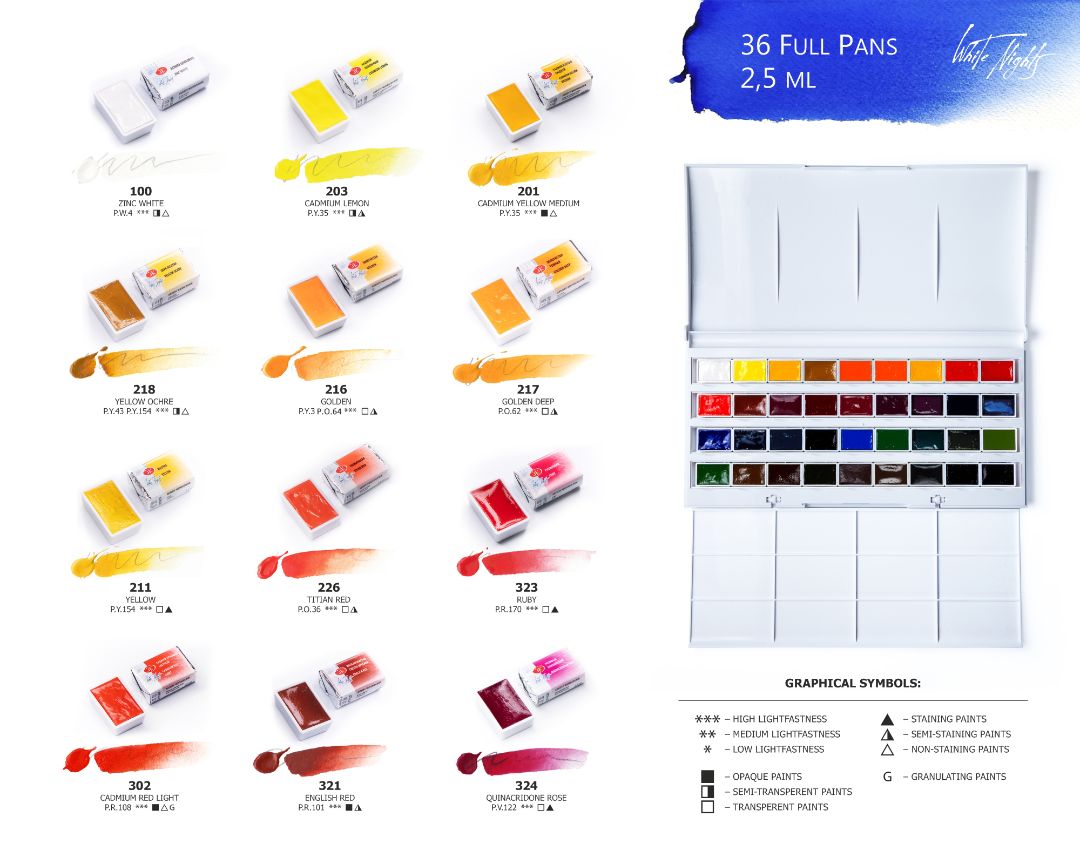


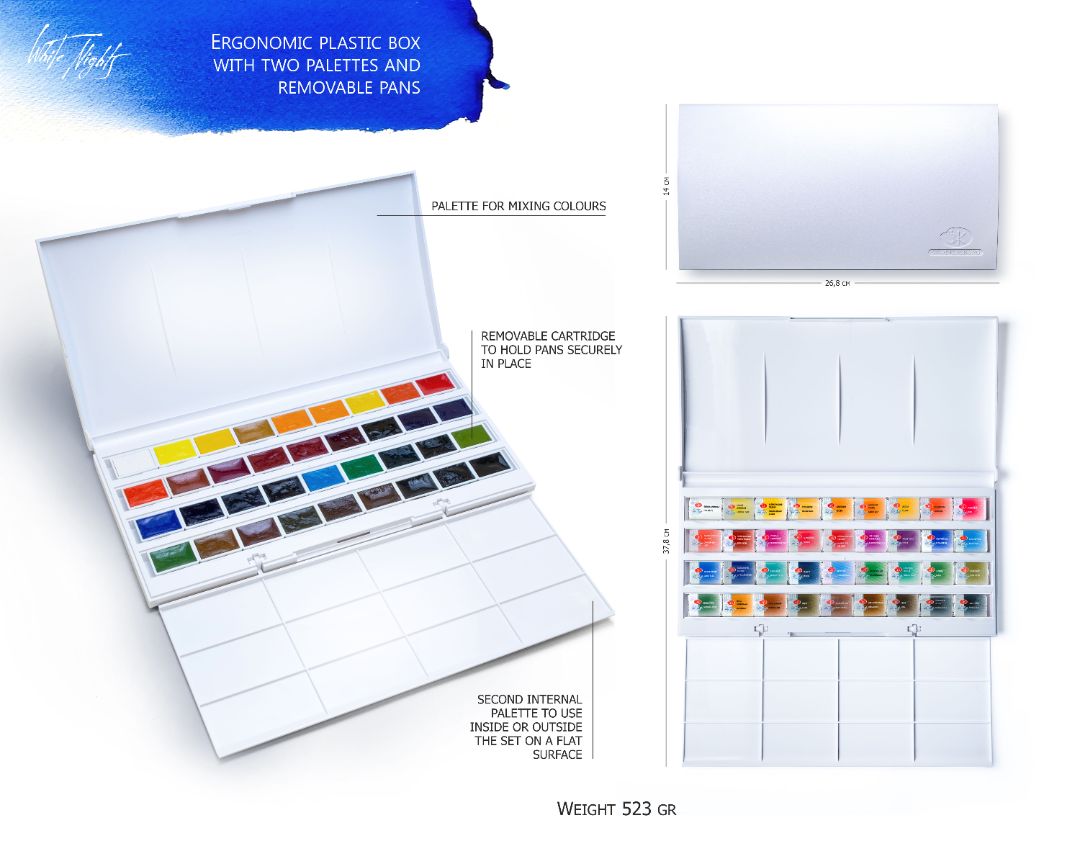
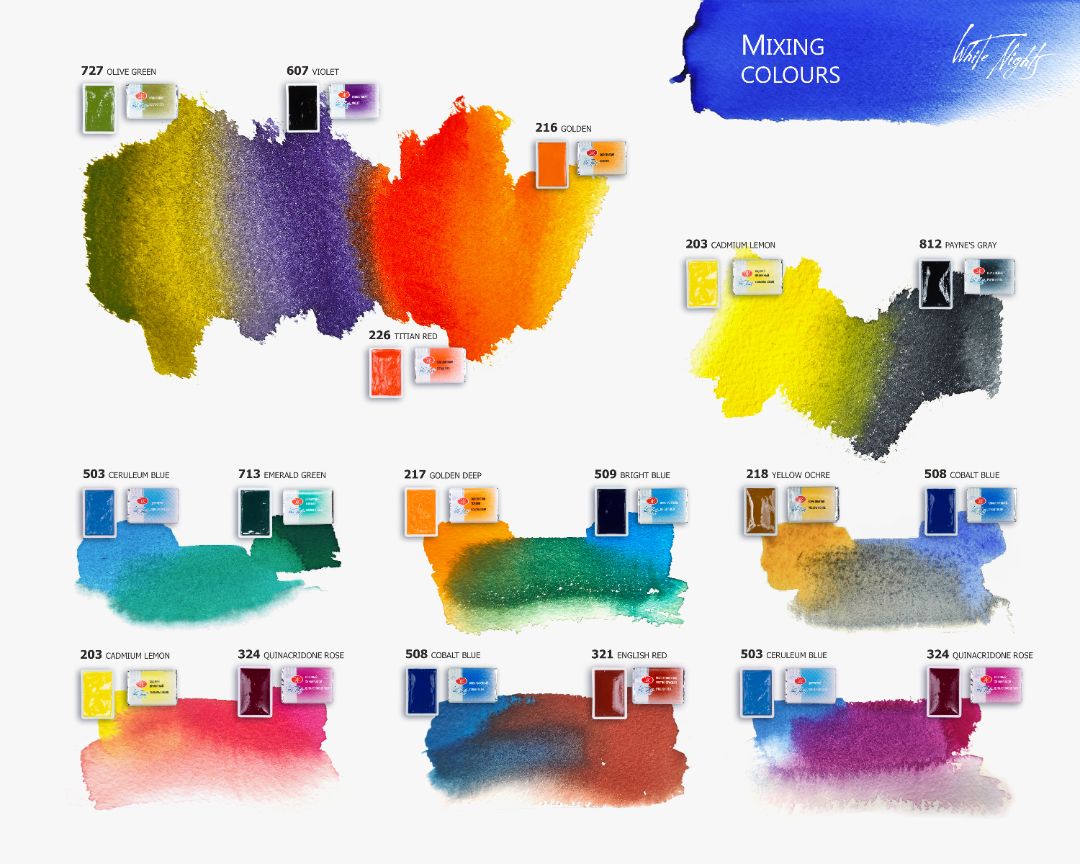
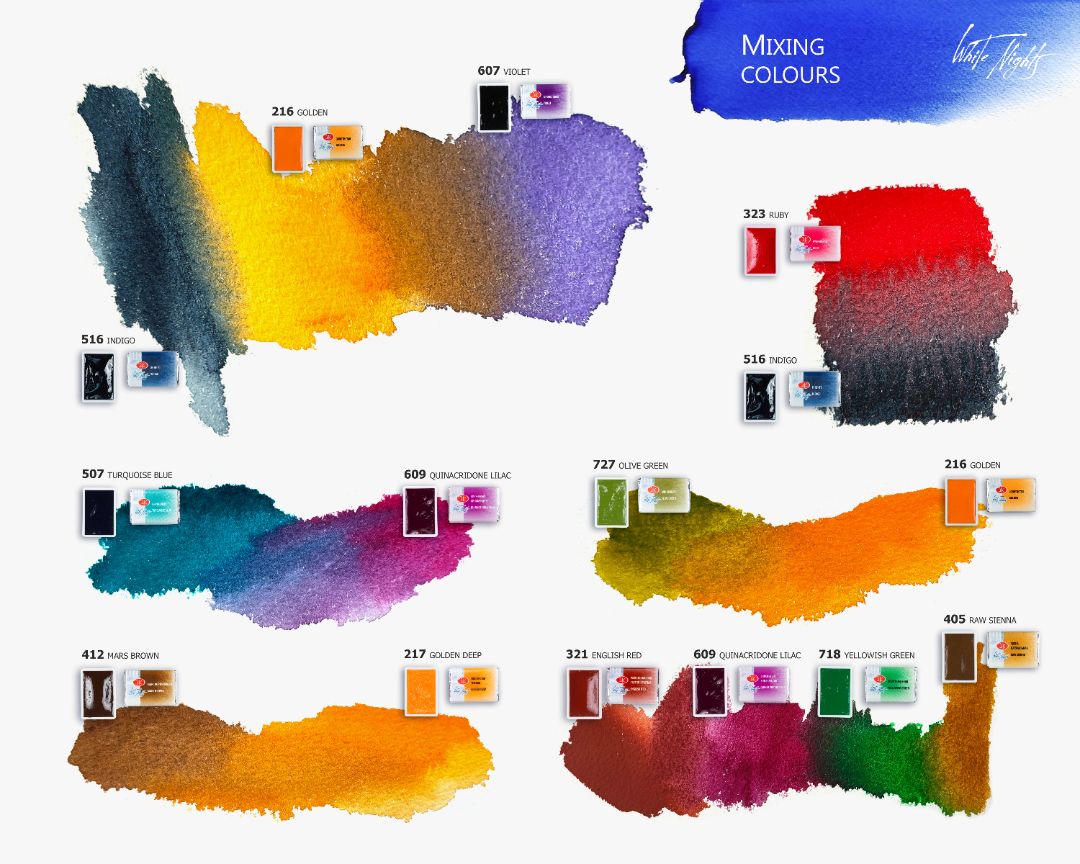

Also, helping to create a collection of granulating colours, I was fascinated by the game of pigments in these colours. Bizarre effects give a mysterious background, the paints of the series combine well with each other, allowing you to create interesting and rich fills. I like to work more with watercolour in pans, for me it is convenient. I am used to semi-dry watercolours in pans, less often I use watercolours in tubes, topping up the finished colour from tube to pan, or squeezing out of tube directly onto the palette if a lot of paint is required.
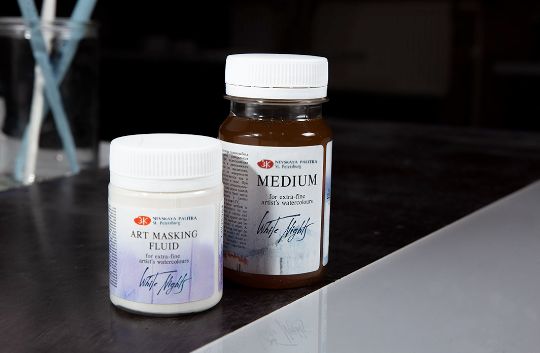
I start with the background. The background is formed by thick branches of Christmas tree. In order to depict their mass, I use paints of a granulating series. I do not mix complex granulating paints on a palette, but apply them to a sheet, allowing them to flow into each other, keeping the pureness of the colour pure. On the same principle, I add the rest of the colours. The paper is well soaked in water and the colours flow smoothly into each other. In other cases, I boldly mix cold with cold, and warm with warm, but try not to mix cold and warm shades of color among myself, the exceptions are several combinations I tested. The lights of lemon cadmium illuminate painting, creating the illusion of a Christmas tree garland, and blotches Quinacridone lilac (P.V.19), Quinacridone rose (P.R.122), Madder lake red light (P.R.187), Emerald green (P.G.7)and Cobalt blue (P.B.28) form Christmas decorations. I draw some individual branches in more detail: up to the needles, thereby indicating the first plan of the composition. Also, least of all, I will carefully work out a few Christmas tree decorations and, of course, an old pocket watch.
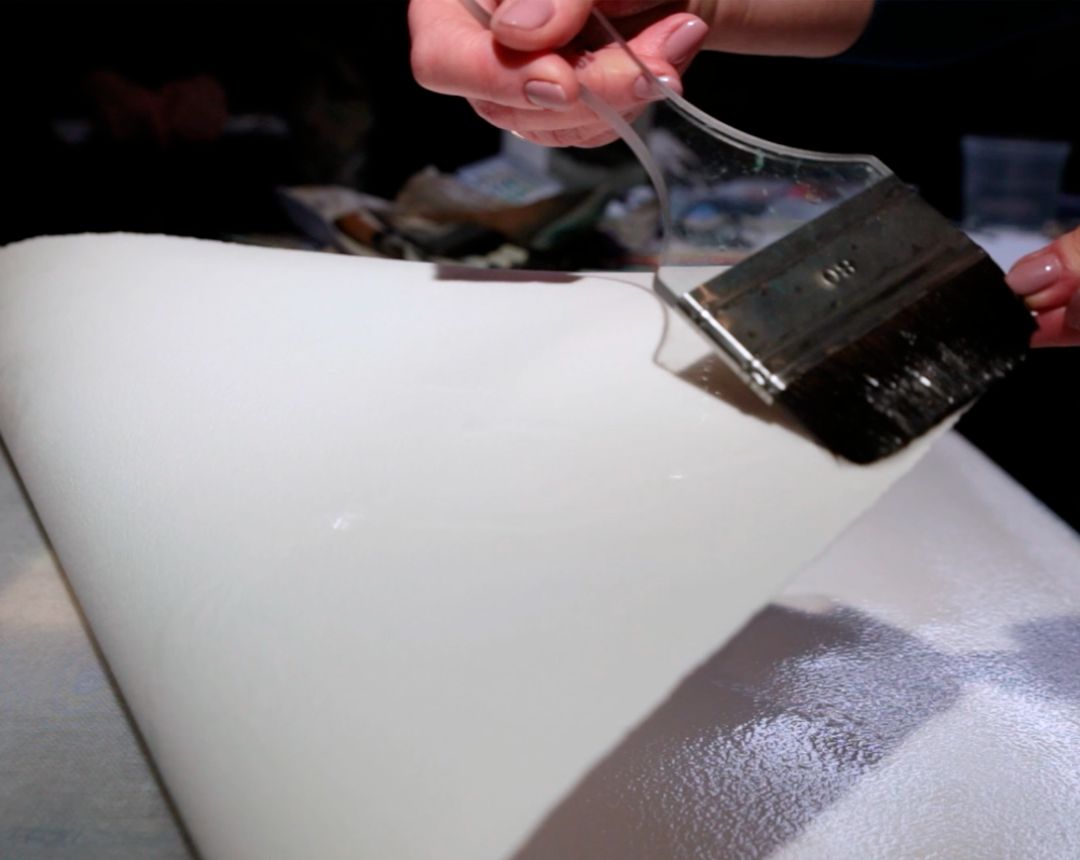
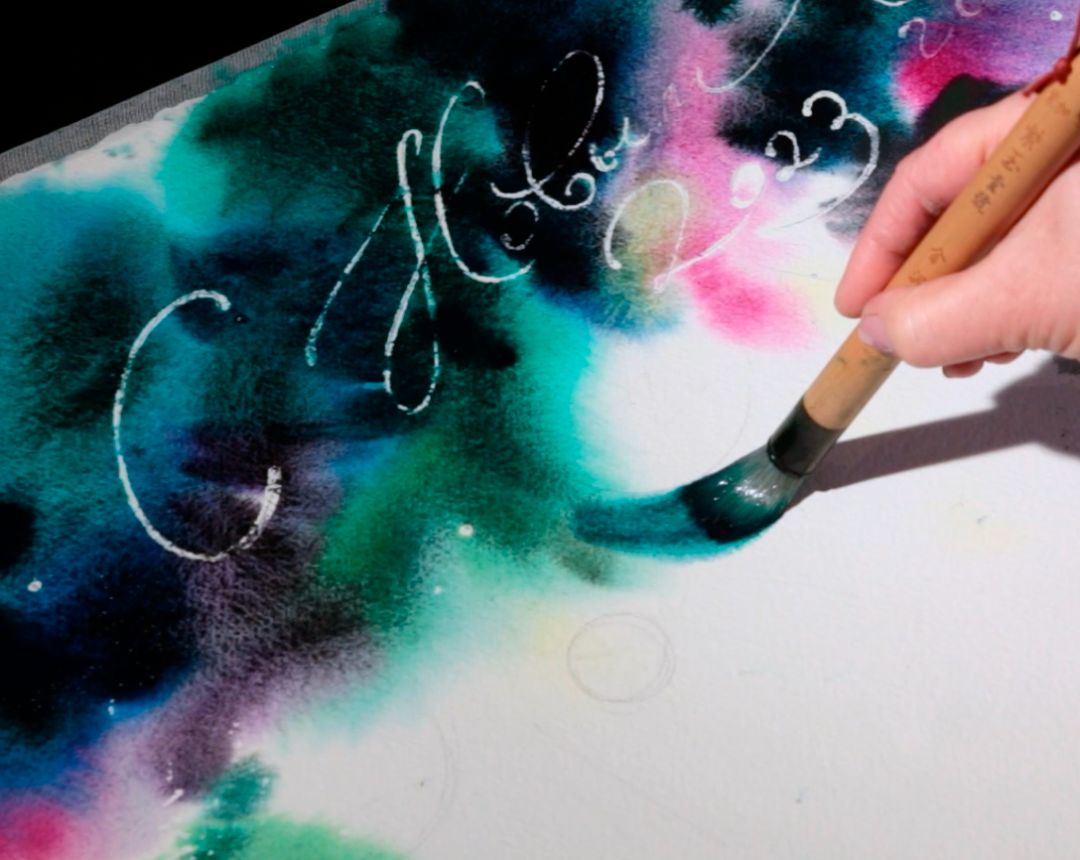

Christmas tree (background): Cobalt Mist (P.B.28 P.Bk.7), Grey-Pink Mist (P.B.29 P.G.17 P.R.187), Violet Shadows (P.Bk.11 P.V.23), Grey-Blue Mist (P.B.29 P.Bk.7), Green Shadows (P.Bk.11 P.G.7), Blue Mist (P.B.29 P.G.7),Dark Blue Shadows (P.Bk.11 P.B.15:6), Mars black (P.Bk.11), Emerald green (P.G.7).
Christmas Tree decorations: Cadmium lemon (P.Y.35), Emerald green (P.G.7), Cobalt blue (P.B.28),Quinacridone lilac (P.V.19), Quinacridone rose (P.R.122), Ochre light (P.Y.43),Madder lake red light (P.R.187), Venice purple (P.R.179).

